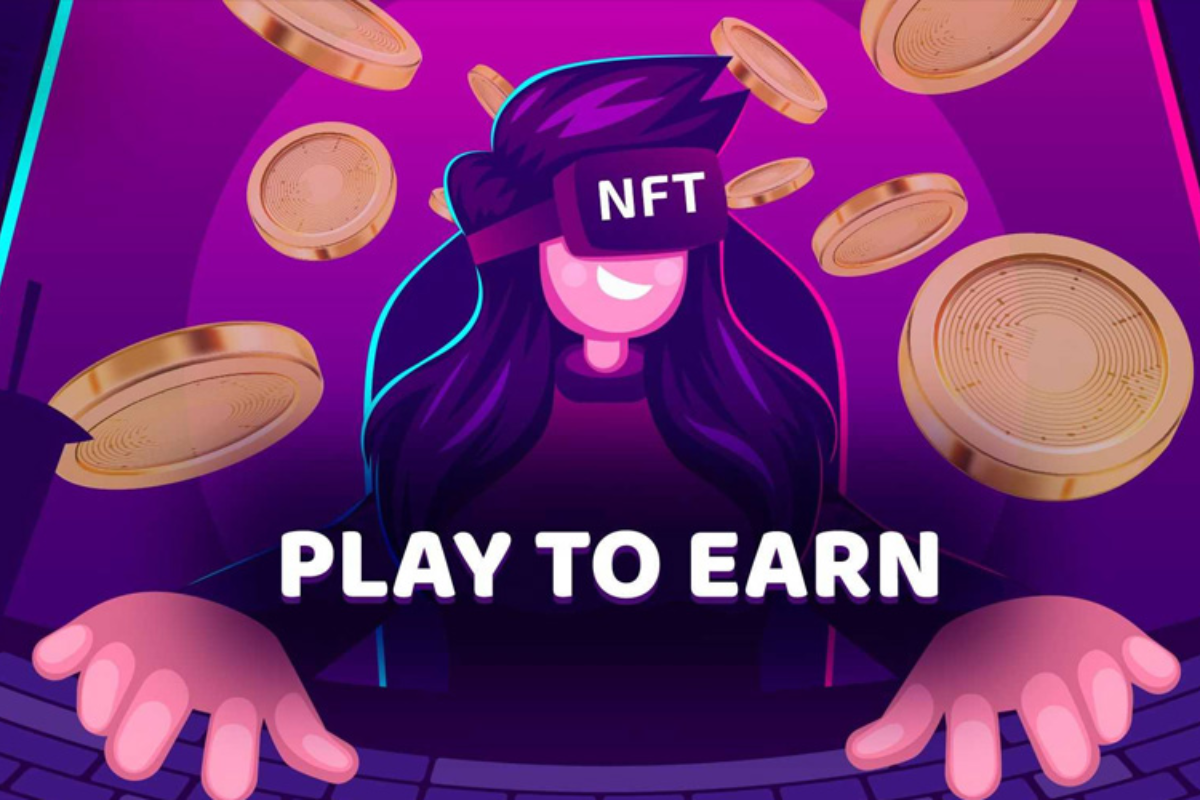
Navigating The Play-to-Earn Phenomenon: From Booming Beginnings To Current Challenges
Posts by Alan TaylorFebruary 21, 2024
In the dynamic world of online gaming, the concept of earning while playing has become increasingly popular, especially with the advent of Bitcoin games like Rollercoin.
Rollercoin is a standout in this genre, offering players the unique opportunity to engage in gaming while simultaneously mining real cryptocurrencies, a feature made even more enticing with its integrated faucet—a rarity in the gaming world, yet a highly desirable feature for those looking to combine gaming fun with the thrill of earning digital currency.
This blend of entertainment and financial reward has sparked a significant shift in the digital entertainment landscape, leading to the creation of the play-to-earn (P2E) genre.
This article delves into the journey of P2E games, exploring their rapid rise, the challenges they’ve faced, and their impact on gaming and digital economies.
Emergence Of P2E Gaming
Birth And Growth
The inception of P2E gaming was marked by early blockchain ventures like “CryptoKitties,” where players could earn by collecting and trading virtual assets.

This concept laid the groundwork for more intricate games that blurred the lines between entertainment and investment, creating a vibrant ecosystem that attracted gamers and crypto enthusiasts worldwide.
Gameplay Dynamics And Economic Models
P2E games are characterized by their unique gameplay elements, allowing players to accumulate, trade, and profit from in-game assets.
Through engaging in various activities within the game, players could acquire digital currencies or NFTs, translating virtual achievements into real-world value.
P2E Gaming’s Heyday
Trailblazers And Their Impact
Games such as “Axie Infinity” reached unprecedented popularity, illustrating the potential of decentralized gaming economies.
These platforms not only captivated millions globally but also demonstrated how digital games could foster complex economies, enabling some players to substantially supplement their income.
Financial Dynamics And Rewards
The financial landscape within these games was intricate, with players engaging in diverse economic behaviors akin to those in real financial markets.
Despite the allure of substantial earnings, the fluctuating nature of digital currencies introduced a layer of unpredictability to players’ potential income.
Encountering Obstacles
Economic Fluctuations And Longevity Concerns
The intrinsic volatility of digital currencies brought about significant challenges, with sharp value fluctuations impacting the in-game economy’s balance and fairness.
Additionally, the environmental toll of extensive blockchain operations raised questions about the sustainability of such gaming models.
Regulatory And Ethical Issues
The surge of P2E games also sparked regulatory and ethical debates, particularly regarding their resemblance to gambling and the speculative behaviors they might encourage.
The sector faced scrutiny from various regulatory bodies, complicating its operational landscape.
Reevaluating P2E Gaming
Decline And Contributing Factors
The waning interest in P2E games can be attributed to an oversaturated market, dwindling player trust, and the fading novelty of earning through gaming.
These factors, coupled with growing awareness of the model’s limitations, led to a decline in player engagement.
Legacy And Future Pathways
Despite these challenges, the innovative legacy of P2E games is undeniable. They’ve introduced concepts that could redefine future gaming, like genuine asset ownership and player-centric economies.
The gaming community and developers are now exploring new models that could rectify past issues, potentially leading to more balanced and fulfilling gaming experiences.

FAQ And Answers
1. What Attracted Players To P2E Games Initially?
The novel prospect of monetizing gaming skills and the cutting-edge application of blockchain technology drew players and investors to P2E games, merging entertainment with potential financial gain.
2. How Do Earnings Work In P2E Games?
Earnings in P2E games are generated through acquiring in-game assets, such as digital currencies or NFTs, which players can trade or sell for real-world currency on various platforms.
3. What Are The Main Risks In P2E Gaming?
Key risks include the instability of digital asset values, potential legal issues surrounding gaming regulations, and ethical concerns related to environmental sustainability and gambling-like mechanics.
4. Is The P2e Model Viable For The Future?
For P2E to be sustainable, it must address economic imbalances, ensure engaging and equitable gameplay, and mitigate environmental impacts.
Ongoing innovations in game design and blockchain could foster a more sustainable P2E ecosystem.
The trajectory of P2E gaming, from its inception to its current state, provides valuable lessons about the confluence of entertainment, technology, and finance.
As the sector evolves, the experiences garnered from the P2E era will undoubtedly influence future gaming innovations, heralding a new age where gaming is not only a source of entertainment but also a potential avenue for economic opportunity.
